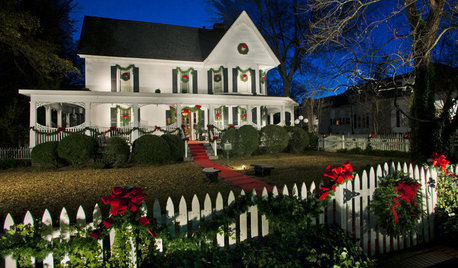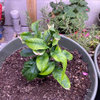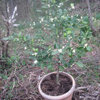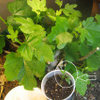Help my citrus survive college! (lots of questions)
stephen90
13 years ago
Related Stories

REMODELING GUIDESSurvive Your Home Remodel: 11 Must-Ask Questions
Plan ahead to keep minor hassles from turning into major headaches during an extensive renovation
Full Story
REMODELING GUIDESWisdom to Help Your Relationship Survive a Remodel
Spend less time patching up partnerships and more time spackling and sanding with this insight from a Houzz remodeling survey
Full Story
HOLIDAYSSurviving the Christmas Countdown: A Parent's Guide
Make things easier on yourself, for heaven's sake — and for the sake of truly enjoying the holiday with your family
Full Story
GARDENING GUIDESHow to Keep Your Citrus Trees Well Fed and Healthy
Ripe for some citrus fertilizer know-how? This mini guide will help your lemon, orange and grapefruit trees flourish
Full Story
KITCHEN WORKBOOK8 Steps to Surviving a Kitchen Remodel
Living through a kitchen remodel isn’t always fun, but these steps will help you work around a kitchen in disarray
Full Story
FUN HOUZZHow to Survive an Epidemic of Walking Dead
Tips to use around the house and garden to prep for the zombie apocalypse
Full Story
MOST POPULAR8 Questions to Ask Yourself Before Meeting With Your Designer
Thinking in advance about how you use your space will get your first design consultation off to its best start
Full Story
KITCHEN DESIGN9 Questions to Ask When Planning a Kitchen Pantry
Avoid blunders and get the storage space and layout you need by asking these questions before you begin
Full Story
PETS6 Ways to Help Your Dog and Landscape Play Nicely Together
Keep your prized plantings intact and your dog happy too, with this wisdom from an expert gardener and dog guardian
Full Story
LIGHTING5 Questions to Ask for the Best Room Lighting
Get your overhead, task and accent lighting right for decorative beauty, less eyestrain and a focus exactly where you want
Full Story





davecito
displacer
Related Discussions
I need my peaches to survive this year....please help before it's
Q
'flying dragon' citrus, can it survive zone 6?
Q
Citrus tree branches bark chewed off- fast and a lot!
Q
New homeowner/citrus gardener. Lots of types! Help!
Q
stephen90Original Author
meyermike_1micha
stephen90Original Author
meyermike_1micha
stephen90Original Author
displacer
jane__ny
displacer
jojosplants
jane__ny
displacer
meyermike_1micha
meyermike_1micha
displacer
meyermike_1micha
displacer
thisisme
stephen90Original Author
meyermike_1micha
displacer
meyermike_1micha
stephen90Original Author
thisisme